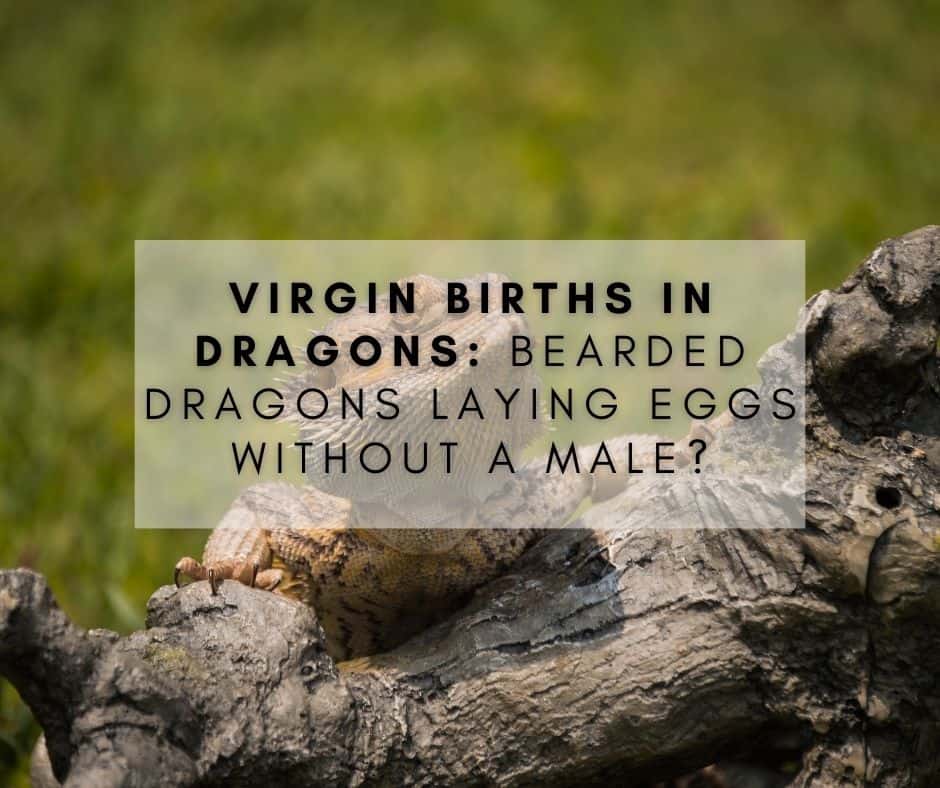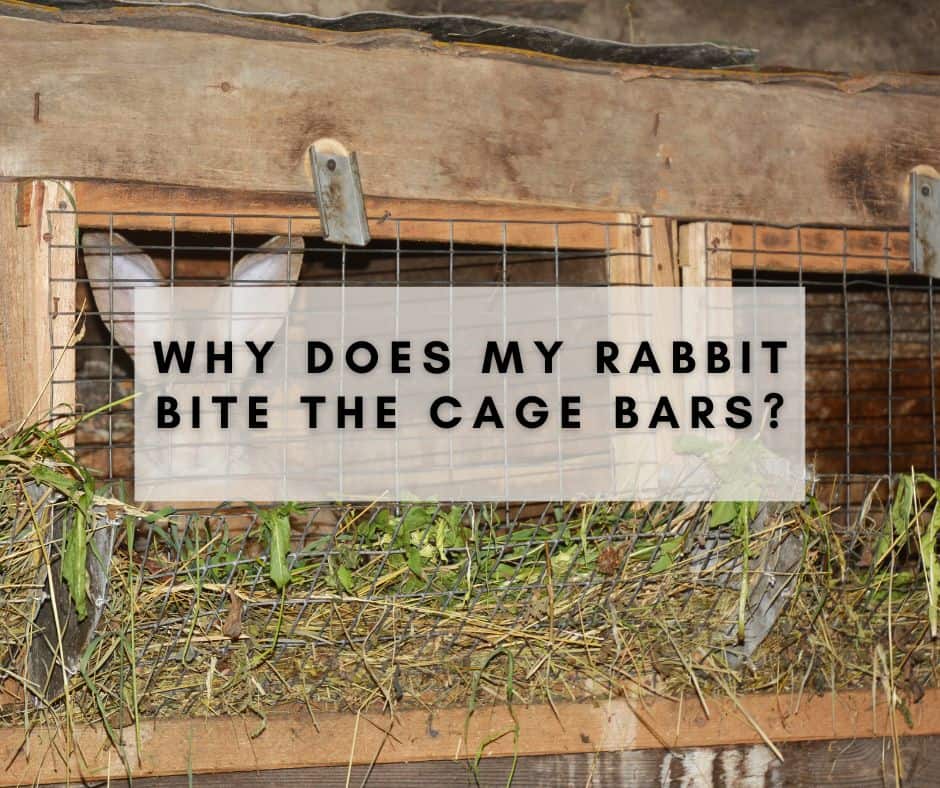If you’re here, chances are you’re a proud owner of a bearded dragon or just simply interested in these fascinating creatures. Bearded dragons are one of the most popular pet reptiles due to their docile nature and low maintenance requirements. However, one of the most intriguing aspects of these lizards is their reproductive process.
Bearded dragons are oviparous reptiles, which means they lay eggs outside of their body instead of giving birth to live young. For reproduction to occur, a male and female bearded dragon must mate.
The mating process involves the male mounting the female from behind and inserting his hemipenes into her cloaca, where sperm is transferred to fertilize the eggs. But what happens if there’s no male around?
Contents
The Reproductive Process
Before we discuss whether or not female bearded dragons can lay eggs without a male, let’s go over some basic information about their reproductive process. Female bearded dragons become sexually mature at around 12-18 months old and can lay anywhere from 1-30 eggs per clutch depending on their size and age.
They typically go through a breeding season during the spring and summer months when daylight hours increase. Males will compete for females during this time by bobbing their heads, puffing up their throats (also known as “bearding“), and displaying bright colors.
Once a pair mates, it takes about 4-6 weeks for the female to lay her eggs in a suitable nesting site where she digs herself. The eggs will then hatch after an incubation period of approximately 2 months if conditions are right.
Female Bearded Dragons and Reproduction
Anatomy of the Female Bearded Dragon
Before discussing how female bearded dragons can lay eggs without a male, it’s important to understand the female reproductive anatomy. Female bearded dragons have two ovaries that produce eggs.
The ovaries are connected to oviducts that lead to the cloaca, which is the opening where waste and eggs leave the body. When a female bearded dragon is ready to breed, she will ovulate one or more eggs from her ovaries into her oviducts.
Parthenogenesis in Bearded Dragons
If you have a female bearded dragon, you might notice something intriguing – she can lay eggs even if she has not mated with a male. This is due to a fascinating biological phenomenon known as parthenogenesis, which occurs in certain species, including some reptiles.
In parthenogenesis, an egg can develop into an embryo without being fertilized by a male’s sperm. However, in the case of bearded dragons, these parthenogenetic eggs do not hatch into baby dragons. This is because the eggs are produced from unfertilized cells and, therefore, lack the necessary genetic material from a male dragon to develop into viable offspring.
Factors That Influence Egg Laying in Female Bearded Dragons
Discussion on environmental factors that can trigger egg laying
Did you know that a female bearded dragon’s reproductive cycle is influenced by environmental factors? In the wild, these lizards lay their eggs during specific times of the year when temperatures and daylight hours are just right. This means that certain temperatures and light conditions can trigger egg laying.
In captivity, it’s important to create an environment that mimics their natural habitat as closely as possible. Providing your female bearded dragon with a basking spot where she can regulate her body temperature is crucial.
A basking spot should be 95 – 105 degrees Fahrenheit, and the cooler side of the enclosure should range from 75-85 degrees Fahrenheit. Additionally, providing a UVB light source is necessary for maintaining proper health and regulating hormone production.
The recommended amount of daylight hours for a bearded dragon is about 12-14 hours per day. These environmental factors help ensure healthy reproductive cycles.
Explanation of how stress, diet, and temperature affect egg production
Stress can have a significant impact on egg production in female bearded dragons. Stressful situations such as overcrowding or improper handling techniques can lead to decreased fertility or even no eggs being laid at all. It’s important to provide your pet with enough space to move around comfortably and avoid any unnecessary stressors.
The diet also plays an important role in egg production for female bearded dragons. The right balance of calcium and phosphorus in their diet is essential for proper bone development and reproductive health; too much or too little of either mineral can lead to problems such as metabolic bone disease or brittle eggs that break easily during incubation.
Temperature plays a critical role in determining whether or not your female beardie will produce eggs at all. If temperatures in the enclosure are too low, egg production may be delayed or not occur at all.
Similarly, if temperatures are too high, females may produce infertile eggs or become stressed and stop laying altogether. By maintaining the optimal temperature range and providing a suitable diet and living space, you can help ensure that your female bearded dragon stays healthy and lays viable eggs.
Signs That Your Female Bearded Dragon May Lay Eggs Without a Male
As a bearded dragon owner, it’s important to be able to recognize the signs that your female dragon may be laying eggs without a male. One of the most common signs is an increase in digging behavior.
Female dragons will often dig in their substrate to create a suitable nesting spot for their eggs. If you notice your dragon digging more frequently or with more intensity than usual, it’s likely she is preparing to lay eggs.
Another sign that your female bearded dragon may be laying eggs without a male is an increase in appetite. As they produce and carry eggs, female dragons require additional calcium and other nutrients.
This can lead to increased hunger and food consumption. Other physical signs to look out for include distended or swollen bellies, lethargy or general weakness, and changes in coloration or skin texture.
Tips on how to create an ideal nesting environment for your female dragon
If you suspect that your female bearded dragon is preparing to lay eggs without a mate, it’s important to provide her with an appropriate nesting environment. This means providing her with a large enough terrarium that includes plenty of suitable substrate for digging and creating a nest.
You may also consider adding additional heat sources such as heat lamps or heating pads near the nesting area. It’s important to monitor temperatures closely during this time as excessive heat can cause stress and dehydration.
Consider offering your female dragon additional dietary supplements such as calcium powder which can help support egg production and overall health during this time. By being able to recognize the signs that your female bearded dragon may lay eggs without a male and creating an ideal nesting environment, you can help ensure the health and well-being of your beloved pet during this unique reproductive process.
Conclusion
Bearded dragons are indeed captivating creatures with a unique reproductive process. The phenomenon of parthenogenesis allows females to lay eggs without mating with a male, although these eggs lack the necessary genetic material to develop into offspring.
The reproductive cycle of bearded dragons is influenced by several environmental and physiological factors such as light conditions, temperature, stress, and diet. Recognizing the signs of a female bearded dragon preparing to lay eggs, even without a male, is crucial for any owner.
By providing an ideal nesting environment, maintaining optimal environmental conditions, and ensuring a balanced diet, owners can support their pet’s health and well-being during this intricate reproductive process. This intriguing aspect of bearded dragon reproduction adds another layer to the fascination surrounding these popular pet reptiles, making them an even more engaging choice for reptile enthusiasts.




